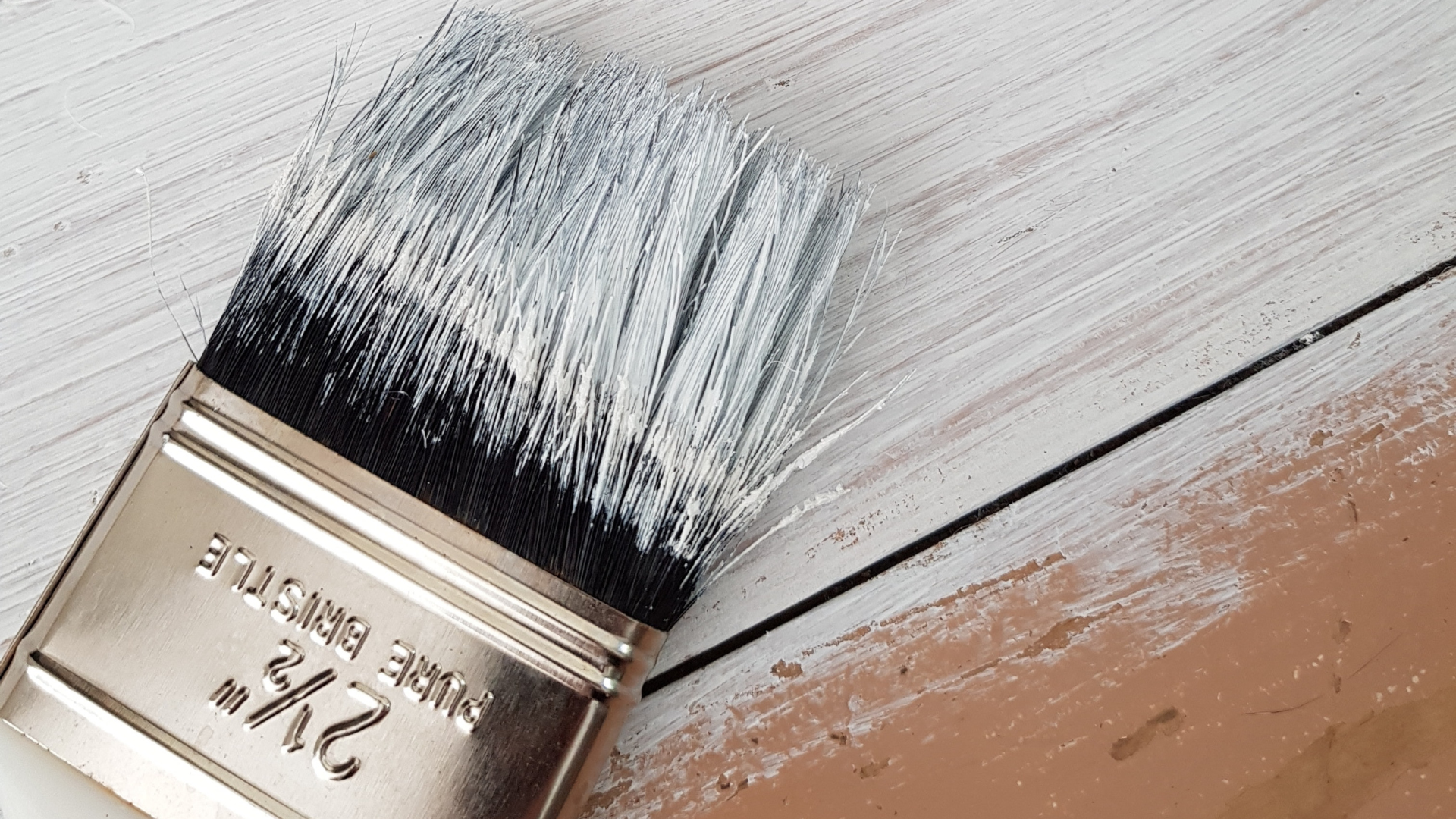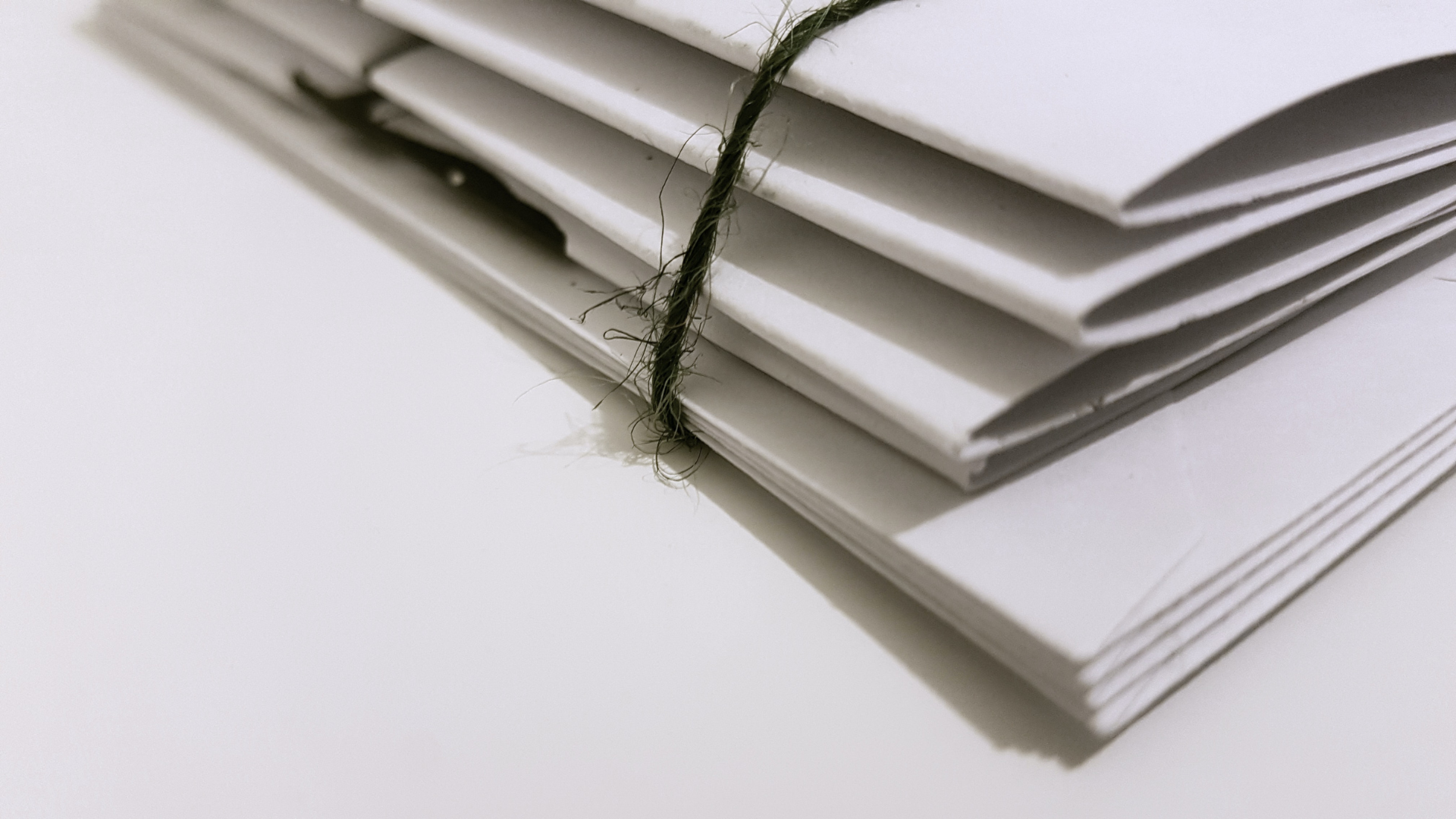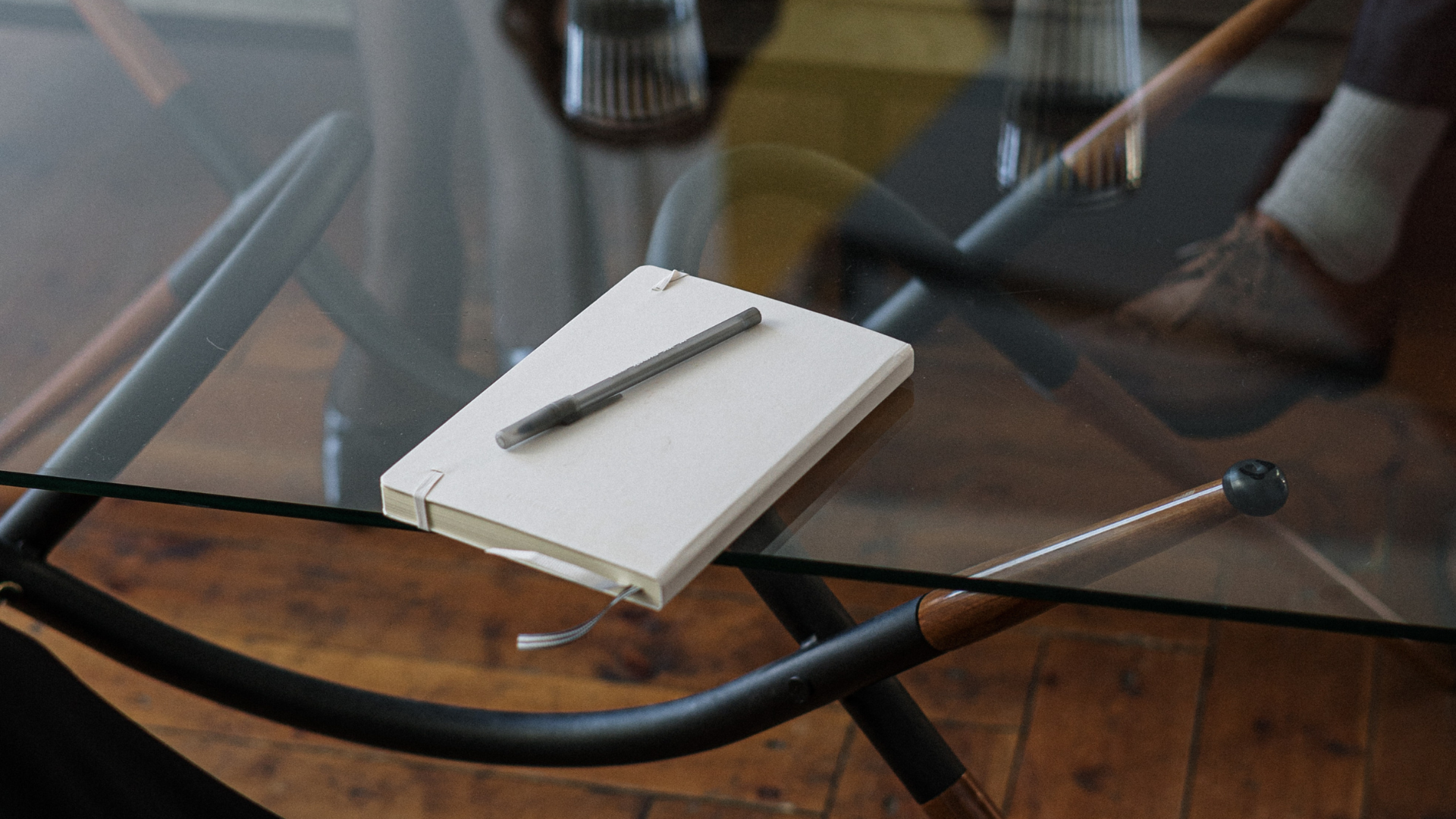Selling your house soon? Here are 11 simple steps to selling a house with top tips to make your life easier.

Let's be honest. Selling a house is not much fun. It can be a long and lengthy process, so being organised and knowing what to do along the way is essential.
Here are 11 simple steps to selling a house with top tips to make it as pain-free as possible:
1. Make your property presentable
2. Find an estate agent
3. Get certificates ready for selling your property
4. Call your mortgage provider (if applicable)
5. Engage an independent solicitor
6. Prepare for house viewings
7. Negotiate and accept an offer
8. Complete the relevant transaction forms
9. Sign the contract on the exchange date
10. Get ready to move out
11. Move out by completion date
This post is all about the steps to selling a house.
STEP 1: Make Your Property Presentable

If anything in your property looks rundown/needs fixing, you should organise for this to be fixed as soon as possible, as your property is more likely to sell in good condition.
If your property is very run down, you might receive offers significantly less than the asking price or none at all, so it's best to do what you can to avoid this situation.
You should check the following are in working order:
- Plumbing
- Electrics
- Boiler/gas
- No damp issues
Doing small DIY jobs (filling up holes etc) is optional, but this can make your property look much nicer when trying to sell it.
STEP 2: Find An Estate Agent When Selling A House

An estate agent helps sell your house. We recommend you contact at least 3 estate agents, who will view your property and provide written valuations of how much your house is worth, so you can compare.
You will pay the estate agent a fee at the end of the selling process, so make sure you're happy with the one you're using! The fee is a percentage of the property's selling price, usually between 1%-3.5%, in addition to VAT.
Top tips when using an estate agent
- You can choose one estate agent or multiple. Whilst choosing 2 estate agents may increase the likelihood that your house sells quicker, choosing just one estate agent usually means a lower fee
- Ask the estate agent to confirm fees in writing before you agree to them. You will sign an agreement with the estate agent which should include this information
- Ask the estate agent(s) how they will market your property as there are several options. E.g using the internet, their client lists, or sometimes a brochure is produced (this is at the expense of estate agent)
- The estate agent can send a professional photographer to take pictures/videos of your house so make sure your home is presentable ! They will share a sample brochure with all the text/description for your approval before printing copies
- Give the estate agent a deadline (usually about 8 weeks) to sell your property, or at least to have several viewings organised. This lets the estate agent know what your expectations are. You can then go with another estate agent if you've had no luck. Remember, you're not stuck with one estate agent, so always leave your options open
- Be clear on suitable house viewing dates and times that are convenient for you to avoid any last minute hassle. For example, say if you require 24/48 hours’ notice before a viewing takes place
STEP 3: Get Certificates Ready For Selling A House

When selling your property, there are several certificates you need to get ready. These include:
- Energy Performance Certificate (EPC)- This certificate provides a rating on how energy efficient your property is. It is a legal requirement and the most important one to sort out. You should already have this available but if not your estate agent can arrange one for you at an extra fee
- Check the Title Deed for your property online is valid. This document confirms the property belongs to you. You can check this via the Government's website
If you’ve had any extensions or building work done, you should have your:
- Planning application approval certificate
- Building Control certificate (if applicable)
The following certificates are not a legal requirement but they can help your home sell quicker as it reassures prospective buyers that everything is in good working order:
- Gas safety certificate- shows the gas supply is safe and in working order
- Electric safety certificate- shows the electrics meet the required standard
- Damp proof course certificate- shows that the house is sufficiently insulated from damp
- Window certificates show the windows are under guarantee and have been done professionally. CERTASS is an accredited certification body (in the UK) for windows and doors, which shows they comply with building regulations. An alternative certification body is FENSA (The Fenestration Self Assessment Scheme)
STEP 4: Call Your Mortgage Provider When Selling A House (if applicable)
If you have a mortgage, call your mortgage provider to let them know that you’re selling your house or if you want to re-mortgage. You then share your mortgage documents with your solicitor (see below), who then repays the mortgage company on your behalf once your house is sold.
Step 5: Engage An Independent Solicitor

When selling a house, you will need to hire a conveyancing solicitor. You can find a solicitor through the Law Society website. The solicitor will draw up a contract for selling your house and engage with the buyer’s solicitor to ensure everything runs smoothly.
TOP TIP: Always ask the solicitor to confirm in writing how much their fee is before you agree to use them.
STEP 6: Prepare For House Viewings

Getting interest in your property and people wanting to visit is always a good sign. However, you must make sure your house is nice and tidy. It can make a big difference to how the property feels. If it’s a mess or smells bad, it can put the buyer off !
The buyer may also come to the house viewing with lots of questions. You can view our Ultimate House Viewing Checklist post to get an idea of what they might ask.
STEP 7: Negotiate And Accept The Offer

If someone is interested in purchasing your property, they will put in an offer via your estate agent who then lets you know. If the offer is lower than the asking price, don’t be tempted to accept straight away. You should always:
- Make clear what items are included in the sale (carpets/curtains/kitchen appliances etc), as you don’t want any arguments further down the line. The solicitor also puts this in writing
- Negotiate by making a counter-offer. There may be some back and forth until you reach somewhere in the middle
After you agree on the price, the buyer may like to come again for another viewing. They may also organise a house survey and various inspections (i.e. electrical checks etc).
Inspections/surveys can take several hours depending on the size of the property, but it's worth being as accommodating as possible for the process to run smoothly. Remember, nothing is binding at this stage (people can change their mind!).
Your solicitor and the buyer’s solicitor then draw up the contracts and arrange an exchange date (where you and the buyer will sign the contracts).
Don't forget to let the solicitor know convenient times for the exchange and completion dates (where the ownership of the property transfers to the buyer).
Step 8: Complete The Relevant Forms For
Selling A House

You must complete several forms when selling your property. These are:
- TA10 – This is the fixtures and fitting form. This form outlines what is included (and what is not included) in the sale of your property. The seller is required by law to complete this. Your solicitor sends you this form and it is part of the contract
- TA6- This is a property information form providing detailed information on the house/flat you're selling
- TA7- This is a form specifically for leaseholders (i.e people who own the property for just a certain period of time) to complete, in addition to the forms above
Your solicitor gives you these forms to complete, sign and return back to them. The Law Society's website has sample extracts of these forms.
You usually complete these once the house survey is done, searches are complete and things are ticking along nicely.
TOP TIP: Keep a hard copy of all these forms in case something goes wrong further down the line or there are any disputes.
Step 9: Exchange Date
You will sign the contract on the exchange date and receive the deposit (usually 10% of the agreed purchase price).
Make sure you read the contract carefully and it has the correct address, purchase price and completion date stated, otherwise you'll create unnecessary stress if you sign quickly and later find mistakes.
Step 10: Get Ready To Move Out
The contract states the date that you need to move out of your home by (known as the completion date), so once you've signed, it's time to start getting everything ready to move. The clock is ticking ! You can view our ‘moving house’ category for all of our top moving tips.
Step 11: Completion Date When Selling A House

Completion date is when you hand over the keys to the new owner/estate agent/solicitor (depending on what you agreed) and property ownership is transferred to the buyer.
The solicitor sends you the money for your house on the completion date. However, this only includes the net money you're owed after the mortgage repayment, the estate agent and solicitor are paid.
TOP TIP: Make sure you receive this payment before handing over the keys to your property. This is extremely important. The last thing you want is a situation where you haven't received your money but you've given the keys to somebody else!
How to leave the property
Whilst you technically do not need to clean your property before you move out, you should remove all the rubbish and leave your property in the same condition it was in when the buyer agreed to purchase it.
Remove your belongings unless you agreed to leave certain items behind on the TA10 form (see above). It’s extremely important to be honest and leave the appliances/items you agreed to, otherwise you can get into legal trouble and be pursued in a small claims court to recover these items.
It's also worth leaving behind any instruction booklets or details that will help the new owner. This is just out of courtesy and makes their life easier.
Take pictures of the meter readings (gas, electric, water)
It's extremely important that you take pictures of the final meter readings before you leave your property. You'll need to submit these to your utility providers for them to give you a final bill and to avoid being overcharged.
And that's it...
You made it to the end of the selling process (congrats!).
This post was all about 11 simple steps to selling a house.
If you found this helpful, you can view our upcoming content on our coming soon page to see what's next !

Comments